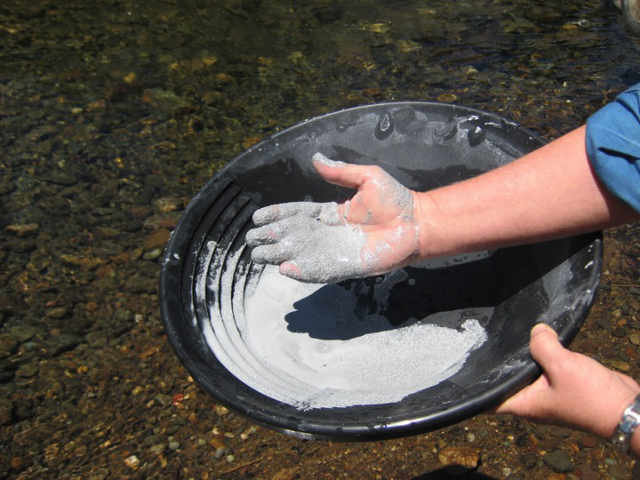OF THE
TIMES
We'll know our disinformation program is complete when everything the American public believes is false.
As usual, we are all being played for fools. Nothing has changed since Eisenhower.
Innovation will be key in the future, as it has always been in the history of mankind. I guess he didn't get the memo that "innovation" has been...
Kiev wants security guarantees from its Western backers similar to the level of protection that the US provides Israel, President Vladimir...
"Webb says the changes are global, but he only describes how the US and EU effected the changes for themselves." - - when they are no longer able...
Anyone else noticed that instead of the omni-bill, they are now suggesting separate bills for each war that they want to fund, whilst dropping any...
To submit an article for publication, see our Submission Guidelines
Reader comments do not necessarily reflect the views of the volunteers, editors, and directors of SOTT.net or the Quantum Future Group.
Some icons on this site were created by: Afterglow, Aha-Soft, AntialiasFactory, artdesigner.lv, Artura, DailyOverview, Everaldo, GraphicsFuel, IconFactory, Iconka, IconShock, Icons-Land, i-love-icons, KDE-look.org, Klukeart, mugenb16, Map Icons Collection, PetshopBoxStudio, VisualPharm, wbeiruti, WebIconset
Powered by PikaJS 🐁 and In·Site
Original content © 2002-2024 by Sott.net/Signs of the Times. See: FAIR USE NOTICE

Comment: